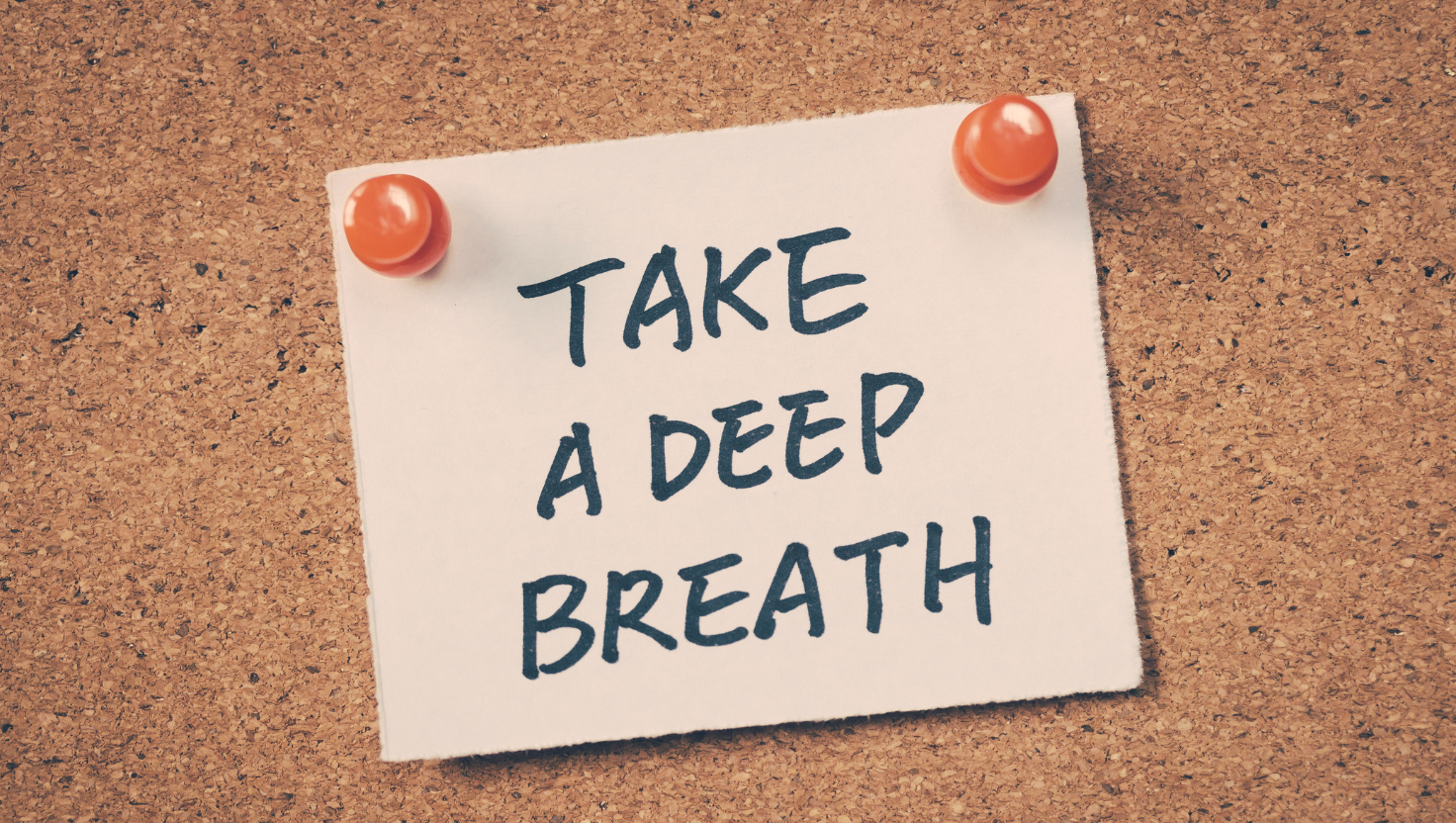As a physician who’s guided countless patients toward balanced, resilient health, I’ve witnessed firsthand how simple breathing techniques can transform your well-being. In this post, I’ll explain why controlled breathing exercise is more than a relaxation trend—it’s a powerful tool for stress management, improved lung capacity, and overall vitality.
Introduction: Why Breathing Matters
Breathing is an automatic function, yet most of us never tap into its full potential. By engaging in controlled breathing exercises—also called diaphragmatic breathing, deep breathing, or pranayama—you can deliberately influence your nervous system, heart rate, and even your mental focus. Below, I’ll outline the top benefits of these techniques and share easy, doctor-approved methods to help you get started.
1. Rapid Stress Reduction & Anxiety Relief
When you practice mindful breathing, you activate your parasympathetic nervous system—the “rest and digest” response. Inhaling deeply through the nose and exhaling slowly through pursed lips lowers cortisol levels and heart rate within minutes. For anyone battling chronic stress or anxiety, incorporating a daily stress management breathing exercise can lead to noticeable calm, better mood, and enhanced resilience against life’s pressures.
2. Enhanced Lung Capacity & Respiratory Health
Controlled breathing strengthens the diaphragm and intercostal muscles, boosting lung function and oxygen uptake. I often recommend box breathing (inhale-hold-exhale-hold for equal counts) to patients recovering from mild respiratory infections or striving to improve athletic performance. Over time, these lung expansion exercises can increase your tidal volume, improve endurance, and support healthier breathing patterns throughout the day.
3. Improved Focus & Mental Clarity
In today’s multitasking environment, our attention frequently scatters. Techniques like 4-7-8 breathing or simple mindful breathing exercises serve as mental anchors, helping you quiet intrusive thoughts. Whether you’re preparing for a high-pressure presentation or simply aiming to sharpen your concentration at work, dedicating five minutes to focused breathing can yield a surge in mental clarity and productivity.
4. Cardiovascular Support & Lowered Blood Pressure
For patients with elevated blood pressure or prehypertension, studies show that slow, controlled breathing can elicit modest but meaningful reductions in systolic and diastolic readings. By promoting vasodilation and reducing sympathetic nervous activity, regular practice of breathing techniques complements lifestyle interventions—like diet and exercise—to bolster heart health over the long term.
5. Better Sleep Quality & Relaxation
Struggling with insomnia or restless nights? Incorporating breathing exercises into your bedtime routine can shift your nervous system from “fight or flight” to “rest and digest.” The 4-7-8 breathing method—inhale for 4 counts, hold for 7, exhale for 8—has become my go-to recommendation for patients seeking deeper, more restorative sleep without medication.
How to Get Started: Simple Daily Practices
- Diaphragmatic Breathing
- Lie on your back with one hand on your chest and one on your abdomen.
- Inhale through your nose for 4 counts, feeling your belly rise.
- Exhale through pursed lips for 6 counts.
- Repeat for 5–10 minutes each morning or during breaks.
- Box Breathing
- Inhale for 4 counts, hold for 4, exhale for 4, hold for 4.
- Complete 5 cycles to reset your nervous system in minutes.
- 4-7-8 Breathing
- Inhale quietly for 4 counts, hold for 7, exhale audibly for 8.
- Practice 3–5 rounds before bed or whenever you need quick relaxation.
Conclusion: One Breath at a Time
Controlled breathing exercises are a no-cost, accessible cornerstone of preventive healthcare. Whether you call it deep breathing, breathwork, or pranayama, these methods deliver tangible benefits—from stress reduction and lung capacity enhancement to improved sleep and heart-health support. I encourage you to explore these breathing techniques and find the ones that resonate best with your lifestyle. Here’s to a calmer, healthier you—one mindful breath at a time!



